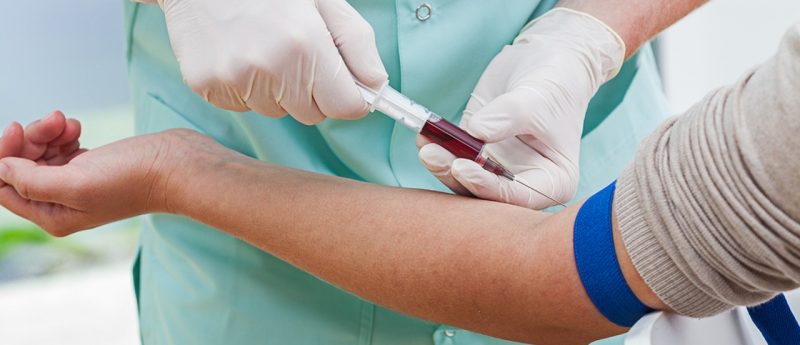Poster: Fit-for-Purpose Validation of a Soluble CD14 ELISA in Human Plasma: Anomalous Long-Term Stability Pattern for Endogenous Biomarker (KCAS)

![]() Glycoprotein CD14 is a lipopolysaccharide (LPS) receptor involved in the innate immune system (Fig. 1). Mostly, CD14 exists in the membrane bound form (mCD14) anchored through glycosyl-phosphatidylinositol (GPI) on the surface of monocytes, macrophages, dendritic cells and neutrophils. sCD14 can be produced either by secretion or proteolytic cleavage and can be detected in the serum and urine. sCD14 plays a different role in immune mediated responses than mCD14. The mCD14, in conjunction with the LPS-binding protein (LBP), Toll-like receptor 4 (TLR4) and its co-receptor protein MD2, acts as a receptor for LPS, initiating an immune response. Whereas sCD14 competes with mCD14 for LPS, lowering the anticipated immune response.
Glycoprotein CD14 is a lipopolysaccharide (LPS) receptor involved in the innate immune system (Fig. 1). Mostly, CD14 exists in the membrane bound form (mCD14) anchored through glycosyl-phosphatidylinositol (GPI) on the surface of monocytes, macrophages, dendritic cells and neutrophils. sCD14 can be produced either by secretion or proteolytic cleavage and can be detected in the serum and urine. sCD14 plays a different role in immune mediated responses than mCD14. The mCD14, in conjunction with the LPS-binding protein (LBP), Toll-like receptor 4 (TLR4) and its co-receptor protein MD2, acts as a receptor for LPS, initiating an immune response. Whereas sCD14 competes with mCD14 for LPS, lowering the anticipated immune response.
The sCD14 may also be able to increase the immune response to LPS by mediating LPS-induced activation of cells that do not express mCD14. Therefore, sCD14 may be useful as a potential biomarker in certain disease states. There is evidence for increased levels of sCD14 in the event of sepsis, HIV disease evolution, polycystic kidney disease, pediatric lung disease, and rheumatoid arthritis. In this case study, a fit-for purpose validation of sCD14 assay is described, and analytical method performance characteristics of the assay are presented.
